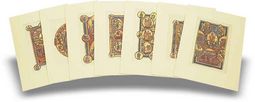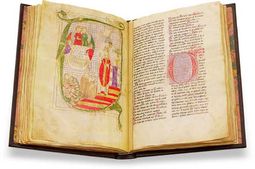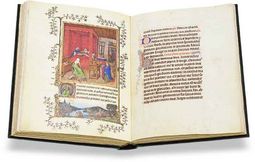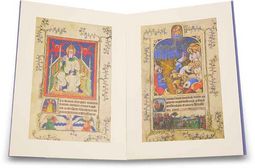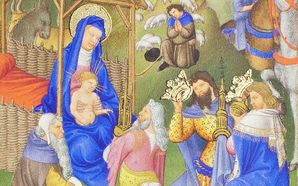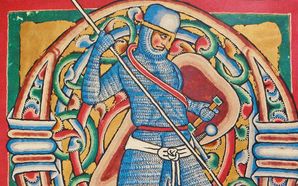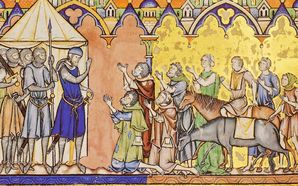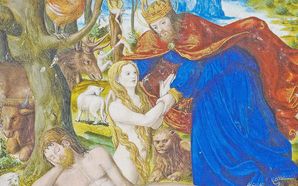Lost Manuscripts
Unfortunately, medieval manuscripts that have survived to the present represent a minority of the written and illuminated heritage of the Middle Ages. Many were lost in the intervening centuries, destroyed in fires or war, but many were also lost in the course of the Middle Ages when their paints were scraped off and the expensive parchment recycled for a new work.
Some of these works are truly lost or exist only in fragments – like the Turin-Milan Hours or the Leaves from a Psalter by William de Brailles – while others have been preserved in a copy or later edition. Works like the splendid Petites Prières of Renée de France, fell victim to theft in recent years, but others have reemerged during the last century that represent incredible historical finds and have resulted in the rediscovery of some truly masterful works of medieval literature and art. Lost and rediscovered manuscripts like the Codex Calixtinus, with their mysterious and turbulent ownership histories, are among the most fascinating specimens of a bygone age.
Demonstration of a Sample Page
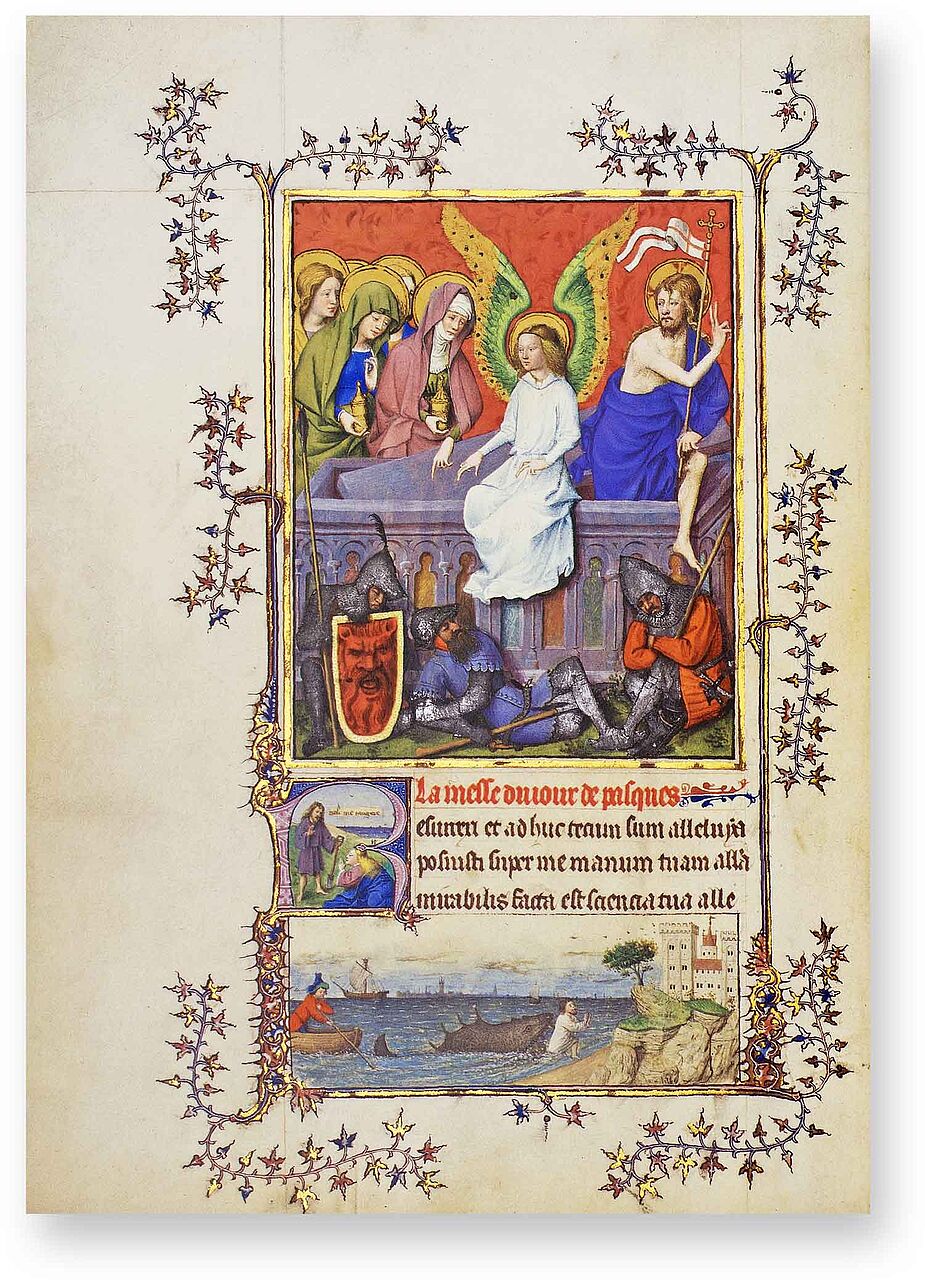
Turin-Milan Hours
Resurrection / Jonah and the Whale
The Resurrection was a popular theme for medieval Christians. An angel with green-gold wings separates the events with Christ first abandoning the tomb (right) and the subsequent discovery of the empty tomb by Mary Magdalene (left). According to Matthew, this angel tells her that Christ is risen and she should look for him in Galilee.
The sleeping Roman soldiers guarding Christ’s tomb are depicted in detail with the arms and armor of the early-15th century. Late-medieval works typically portrayed them as contemporary mercenaries. Jonah, seen here in the bas-de-page miniature, was often juxtaposed with the Resurrection because he spent three days in the belly of the great fish before escaping – an Old Testament foreshadowing of the Resurrection.

